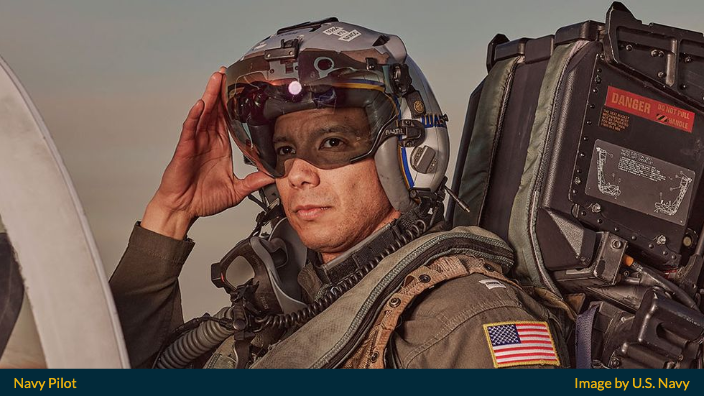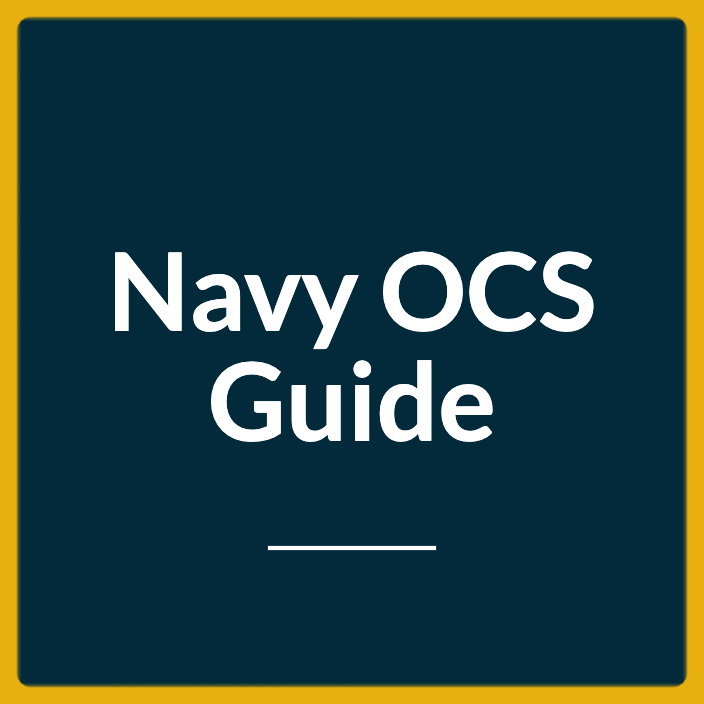Last Updated on August 29, 2023
The call sign is an iconic symbol of the Navy pilot. It’s a unique identifier that sets them apart from their peers, and it’s often the only thing they’re known by in the cockpit.
But how do Navy pilots get call signs? What is the process behind choosing one, and why do they rarely change?
Read on to discover the mysterious world of aviator call signs.
How Do Navy Pilots Get Their Call Signs?

Navy pilots receive their call signs by a process of selection and approval. It typically starts within the squadron, where peers suggest names they think represent the individual before voting on their favorite. Once this was done, the squadron’s commanding officer then approved the chosen name.
Sometimes, they may assign a pilot a call sign based on personal characteristics or experiences in flight school. People sometimes refer to these as “handle” or “handle name”.
Once they assign a call sign to a Navy pilot, they rarely change it. This is because it is an identifier of sorts and so it becomes part of their identity – something that sets them apart from other pilots in their unit and the wider Navy community. It also serves as a reminder of their achievements in flight training and subsequent missions.
In naval aviation, call signs are important to new pilots entering service, as they can break the ice with fellow aviators during training exercises or operations overseas. They can even become part of a pilot’s legend, often being passed down through generations of Navy personnel as tales of bravery and heroism in the air.
Navy pilots get their call signs through a process of selection and approval from within their squadron, which is then approved by their commanding officer. Once assigned, these call signs serve both as identifiers for those within the squadron and can become part of an aviator’s legend.
Navy pilots have a unique bond with their call signs that transcend time and space; it is a symbol of the courage, skill, and determination they have shown throughout their service.
Now let’s explore how these call signs are actually conceived. What creative processes do pilots go through to come up with them?
How Do Navy Pilots Decide on a Call Sign?
In the Navy aviation community, pilots come up with their call signs through a creative, collaborative process. The process begins within the squadron, where peers suggest names they think best represent the individual before voting on their favorite. This often involves getting to know each other better on a personal level and exploring shared experiences or characteristics that could be used as inspiration for the name. Sometimes, pilots may even come up with their own ideas for a call sign, which the squadron’s commanding officer then approves.
Once assigned, it’s not uncommon for these call signs to become part of an aviator’s identity and legend. They usually keep these names for life and serve as a reminder of the pilot’s achievements in flight school or on missions. They can also break the ice with other pilots during training exercises or operations overseas and help foster camaraderie among aircrews.
In conclusion, Navy pilots come up with their call signs through a creative collaboration between themselves and their peers within their squadron – exploring shared experiences or characteristics before finally being approved by their commanding officer. These call signs then become an integral part of an aviator’s identity and legend, helping to bring together aircrews from around the world in a unique bond of courage and determination.
In naval aviation, all signs are more than just a name – they represent the courage and determination of all the brave aviators in the past. Whether we are in training or on a mission, these call signs help to unite us as one – a force of strength, power and resilience.
Now, let’s explore the fascinating history behind these iconic symbols of aviation!
History of Aviator Call Signs
The history of aviator call signs dates back to the days of World War I and II, where they were used to identify friendly aircraft, distinguish between different squadrons, or even refer to a specific pilot’s skill set.
During the Vietnam War, pilots began using radio communication to transmit their call signs, creating an additional layer of identification for their aircraft in the sky. We selected today’s call signs for their unique ability to reflect the individual’s personality or experiences as a naval aviator.
No matter how it is chosen, each call sign carries with it a sense of pride and accomplishment that comes from years of hard work and dedication to one’s craft. These names also help create camaraderie among aircrews—no matter where they come from—by providing an easy way to communicate with one another while on missions.
Aviator call signs are more than just symbols; they are part of our history and legacy as military personnel who have served our country honorably and courageously. Whether you hear someone referred to as “Maverick” or “Goose” over the radio waves or witness them wearing their personalized patch on their flight suit there is a story behind every name—one that may not always be told but is still worth remembering all the same.
Aviator call signs are an integral part of our history and legacy, so let us never forget the stories behind them. From the brave pilots of World War I and II to those who served throughout the Vietnam War, each name carries with it a unique set of memories that will live on forever.
Now, let’s explore the current naming rituals that continue to shape our understanding of these aviators’ identities!
Current Naming Rituals
Today, naming rituals vary from service to service and squadron to squadron, but there are some similarities across the board. Generally, call signs are derived from a last name, physical features, personalities, or popular culture. Many pilots opt for intentional misspellings of common words in order to create an acronym referencing a story about them.
When it comes time for new pilots to be assigned a call sign, most squadrons will offer a few options for their consideration. From there, each pilot is free to choose one that best reflects their individual personality or experiences as a naval aviator. No matter how they are chosen, these names carry with them a sense of pride and accomplishment that can’t be replicated in any other way.
Of course, just like in the days of World War I and II when call signs were used to identify friendly aircraft and distinguish between different squadrons and pilots’ skill set—today’s Navy pilot call signs also help create camaraderie among fellow pilots and aircrews by providing an easy way to communicate with one another while on missions.
In short, aviator call signs are more than just symbols; they represent our history and legacy as military personnel who have served our country honorably and courageously. They tell stories of bravery and dedication that will live on forever—so let us never forget the stories behind them!
Changes Are Rare
As Naval Officers, Navy pilots often adopt their assigned call signs as part of their identity when they join the service, though changes are rare. Unless a pilot has stood out significantly, they will most likely keep their original call sign throughout their military career. This is especially true in the Air Force, where if a pilot has flown a combat mission with their original call sign, they can never change it.
These call signs are not only useful for communications and identification purposes but also act as a term of endearment between crewmembers, providing them with an easy way to communicate with each other while on missions. These monikers become a rite of passage for Navy pilots and represent the pride and accomplishment that comes with being an aviator.
We should never forget that these names carry with them more than just symbols—they tell stories of bravery and dedication.

